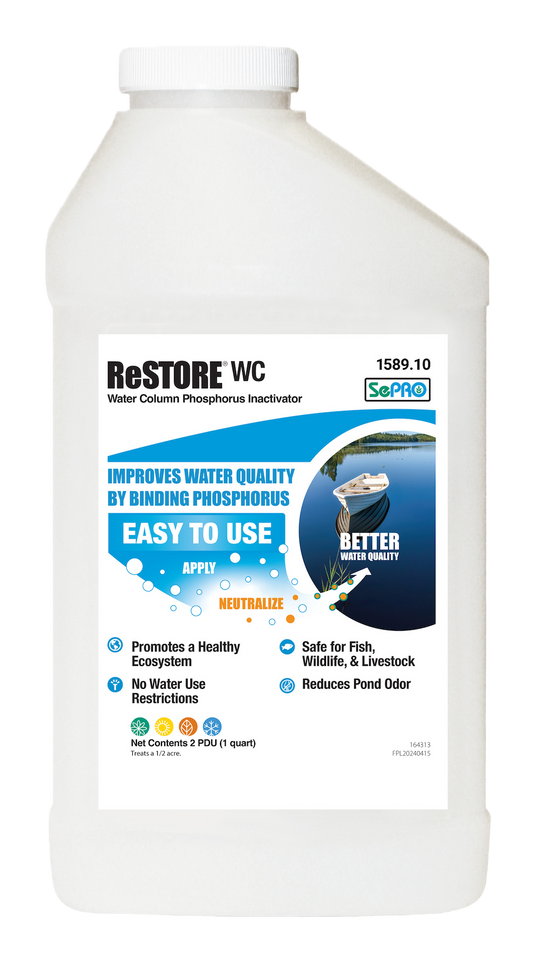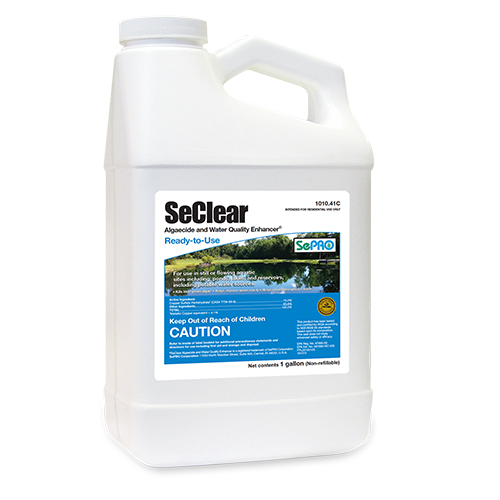Algae can be persistent and keep coming back for several reasons, depending on the specific context. Here are some common reasons why algae may keep reappearing:
Ideal Conditions: Algae thrive in environments with favorable conditions, such as sunlight, warm temperatures, and nutrients. If these conditions persist, algae can continue to grow and reproduce, making it difficult to completely eliminate them.
Nutrient Availability: Algae require nutrients like nitrogen and phosphorus to grow. If these nutrients are present in abundance, either from natural sources or pollution, it can fuel algae growth. Even if you remove visible algae, new algae can quickly take their place if the nutrient source remains.
Resilience: Algae species can be resilient and adapt to changing environmental conditions. Some species can form cysts or spores that survive unfavorable conditions and re-emerge when conditions improve.
Incomplete Removal: If algae are not completely removed during cleaning or treatment, even a small remaining population can regrow and repopulate the area.
Water Circulation: Stagnant or poorly circulated water bodies are more prone to algae growth because nutrients can accumulate in one place. Improving water circulation can help prevent algae buildup.
Invasive Species: Some algae species are invasive and can outcompete native species, making it difficult to control their growth once they become established.
Lack of Predators: In natural ecosystems, algae populations are controlled by grazers like zooplankton, herbivorous fish, and other aquatic organisms. In some cases, a lack of these natural predators can lead to unchecked algae growth.
Human Activities: Pollution from agricultural runoff, sewage, and industrial discharges can introduce excess nutrients into water bodies, creating ideal conditions for algae growth. Efforts to reduce pollution and nutrient inputs are essential for long-term algae control.
To prevent algae from continuously coming back, it's important to address the underlying causes and conditions that promote their growth. This may involve reducing nutrient inputs, improving water circulation, using algaecides or herbivorous fish to control algae populations, and implementing sustainable land and water management practices. Managing algae growth often requires a combination of strategies and ongoing maintenance to achieve long-term success.
For more information, check out this video.





